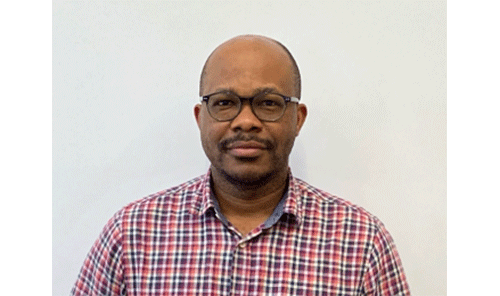Uchendu Eugene Chigbu
I was born in the then-rural village of Uturu in Nigeria. For fear of becoming the proverbial village boy, wandering through the evil forest at the expense of schooling, my family exposed me to city life early. I knew certain things about the difference between my village and the city early on without being told. I knew that the city has power – economically and in terms of infrastructure – and that many government institutions and peoples’ cravings support this arrangement. I knew this long before I ever had my first ‘urban and regionally planning’ class at the Abia State University in Nigeria.
In my opening sentence in this article, I referred to where I was born as ‘the then-rural village of Uturu.’ That is because that place called Uturu has grown to become a city today. It is no more the place I used to know. Good or bad, I bet many African men and women of my age have lived to see this sort of rural-urban transformation.
Many of us loved it – a reason it has become a curse for a child to be called a ‘village boy’ or ‘village girl’ and why it is viewed as a blessing to be called a ‘township boy’ or ‘township girl.’ When will we get out of this nonsensical circle? Answering that question is not my objective in this article. My intention in this article borders on why it is challenging to correctly predict urban populations in Africa and its associated dreadful infrastructural and liveability concerns in Africa.
If what I have been reading in urban literature is to be taken seriously, only 2 of the biggest 20 cities in the world are in Africa. However, numerous studies forecast that 13 of the world’s 20 biggest urban areas will be in Africa by the end of this century. Four of those cities will be Lagos (Nigeria), Khartoum (Sudan), Kinshasa (Congo) and Mombasa (Kenya). Here comes my question: Why have we failed or continue to fail in improving liveability in African cities?
Again, from what I have read, one of the common answers to this question is that Africa’s urban structure defies an exact model or science for determining cities’ populations. This explains why many notable African cities have triple or quadruple population data. The United Nations agencies and the World Bank have their data. The external governments operating within Africa come with their data. The Central Banks or statistical agencies within African countries have their data (which the UN agencies, World Bank and other governments never trust).
Then we have urban academic experts. These academics love to play around with data. They give, in most cases, unsolicited data that are wrapped in various biases to urban administrators via their so-called peer-reviewed journals.
Considering that data matters in urban development, all these leave African city administrators confused. So, they do the easy things – use no data or whichever data they like or from the organisation that brings the most attractive fund for urban development. The consequence of all these is that we do not accurately know how many people live in most African cities. And when you cannot tell how many people live in a city, you cannot tell where they live in that city. You cannot tell what type of infrastructure is needed to keep the city liveable. Hence, you cannot develop the city appropriately.
One cannot improve the living conditions of people in cities if one cannot accurately match the number of people living in that city with the capacity of infrastructure needed in that city. All of these say one thing about our urban situation. That is – unlike in other parts of the world, there is no exact model or science for determining our cities’ populations.
Why there is no exact model or science for determining african cities’ populations
African cities are unique in their nature and the challenge they face. Cities like Lagos (Nigeria), Cairo (Egypt) and Nairobi (Kenya) are complex places. The problem of accurately tracking the population in African cities is what (even if urban planners are not honest enough to admit it) defies an exact model or science for determining cities’ populations. What makes urbanisation challenging to track in Africa is that it comes with different dynamics compared to other parts of the world. For instance, many urban dwellers in Africa go to their ancestral villages – located in rural areas – form census counts.
This explains why, for example, in the case of Lagos, the city’s government pins the population of Lagos at over 20 million. In contrast, the UN assumes it to be about 15 million. Putting aside the urban-rural aspect of this dynamic, the internal dynamics of the city of Lagos also makes it difficult to track its population.
For instance, a massive proportion of the people of Lagos are itinerant labourers who sleep in various locations from day-to-day, week-to-week and month-to-month, and year-to-year. Furthermore, the city’s urban landscape (forget about those imposing skyscrapers) is characterised by informal settlements and ‘face-me-I-face-you’ housing types.
‘Face-me-I-face-you’ are low-cost residential housing in Nigeria, where multiple one-room or two-room apartments’ entrances face each other along a walkway. ‘Face-me-I-face-you’ houses are so tight that several people sleep in the same room, either back to back or facing one another. This makes data on location and household sizes irrelevant in census data. There is no existing urban model or science for forecasting cities’ populations under these circumstances.
Hence, keeping a booming and mobile urban population static is challenging. It is impossible to provide location-specific infrastructure for such a population. This urban dynamic makes forecasting and planning for urban development impossible.
* Uchendu Eugene Chigbu is an Associate Professor (Land Administration) in the Department of Land and Property Sciences (DLPS) at the Namibia University of Science and Technology. The views expressed in this article are entirely his, and not that of NUST.


